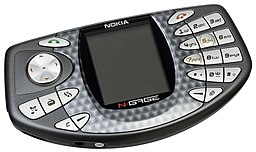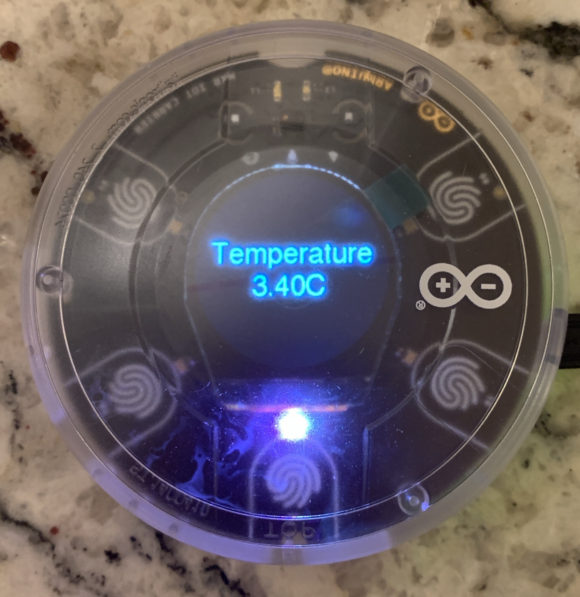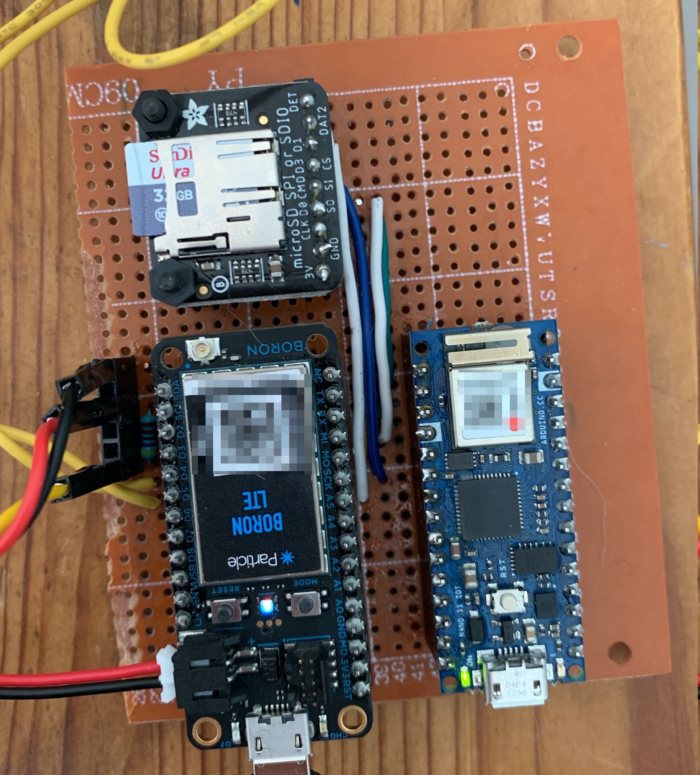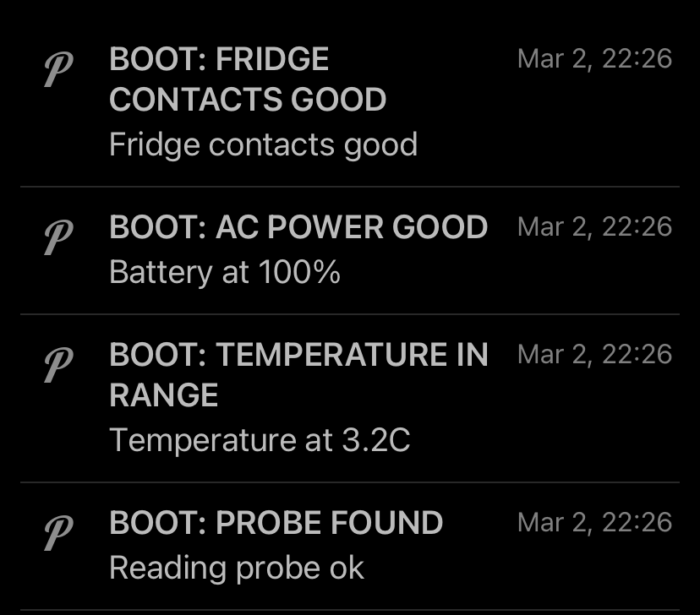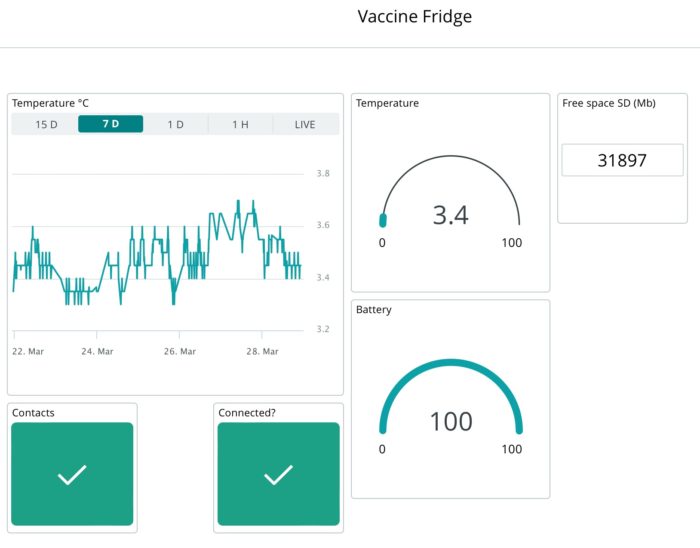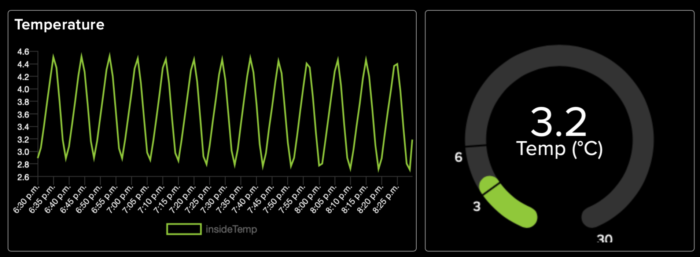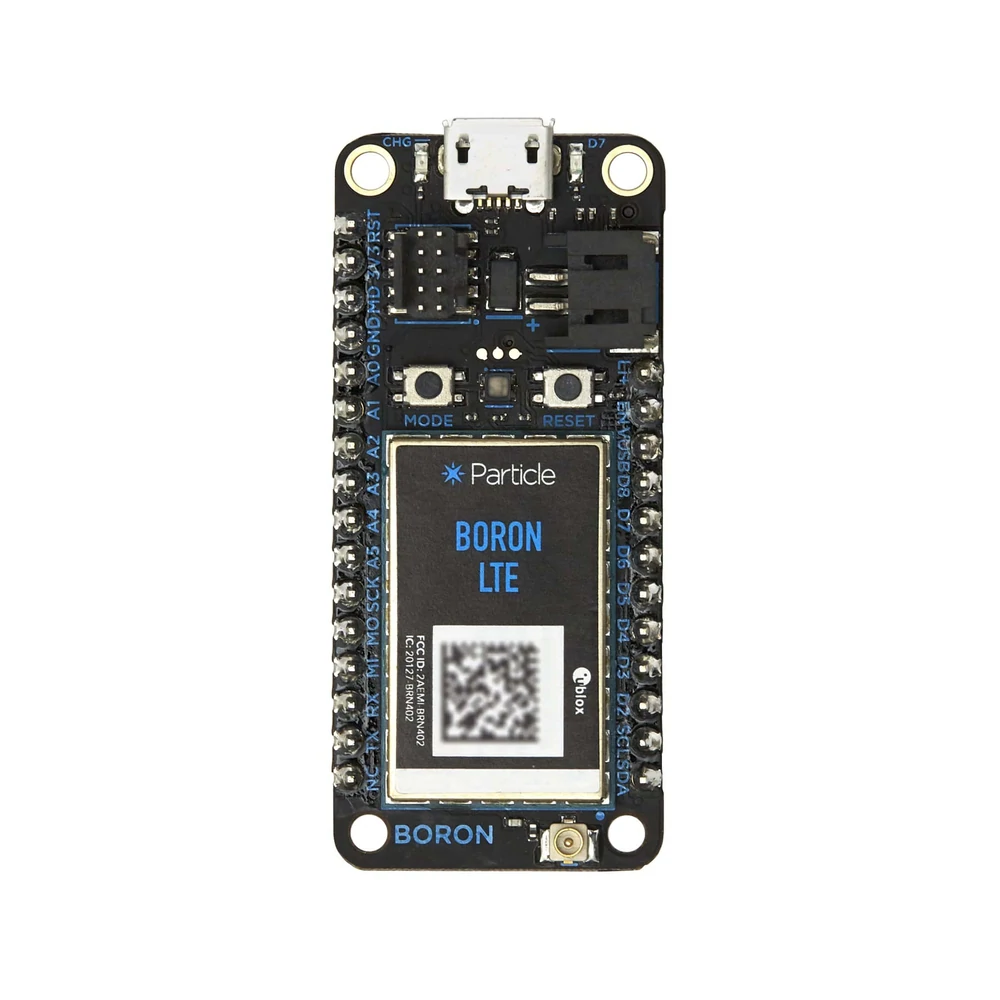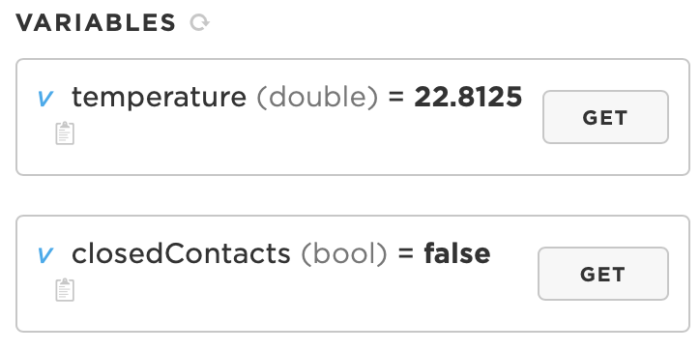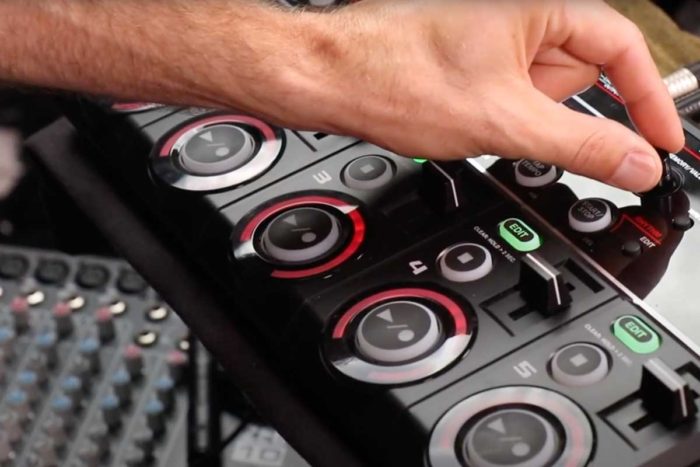Back at the end of 2002, if I recall correctly, Nokia set up an internal Venture Challenge – a challenge to have folks submit ideas, find some promising ones, and get small teams to build and validate the idea, and perhaps contribute to the product portfolio.
When the Challenge was announced, I knew this was something I wanted to participate in, but had no idea what idea to submit. I have a vague recollection that I wanted the idea to be in a certain area and a certain format, but, with almost 20 years passed, I don’t remember the details.
What I do remember is sitting in an internal new-technologies presentation and seeing the word “music”. I started swimming upstream to figure out what that word was doing in the presentation, leading me to two guys working on music software in the Nokia Research Center, Pauli Laine and Jukka Holm, two very different guys on the same wavelength when it came to digital music.
Idea into product
Again, going on recollections, I was a bit of surprise to them – a bit over-enthusiastic, spouting things about product and business models, asking questions non-stop, trying to match the kernel of my ideas to the research they had been doing.
Together, we honed in on a two-device, Bluetooth(BT)-based, MIDI app that allowed two people to loop-mix over BT. I had come up with the model of an app that had a collection of different styles and loops that folks could buy and download, with graphics to match the style. I recall one was barnyard creatures set to hokey barnyard type music.
We called it “MIDI Jammin'”
And I guess the Venture Challenge board liked it: we were passed onto the next phase.
Product into business
We were handed off to Olavi Toivainen, who was in the Mobile Phones biz dev team, for business guidance and for connecting us to the right folks in the organization.
He was great and enthusiastic, scored us some funding to build a few prototypes, and got us on the path to be included in the upcoming N-Gage, the mobile gaming device Nokia had made. I also heard that Thomas Dolby got to play with the different music styles of the app (wish I’d been there).
Olavi also guided us in writing a patent on an idea I originated and worked on with the team. Basically, we proposed a mechanism to make the apps sharable device to device.*
Business to reality
The app was fun. You’d start up and the devices would synchronize, and then each person could select loops to play, each playing their own part, jamming away. Sure, you could play on your own, but the whole point was to play with someone else.
Alas, BT was flaky and slow, and the speakers not really loud enough, so often the experience would be underwhelming. And, then, as the N-Gage approached launch, there were much bigger fish who were going to ship for the device and we kinda were dropped.
Reality to future
For me, the whole endeavor wasn’t necessarily to get onto a phone. For me, this was really the first time I got into the whole venturing flow. Keep in mind, I had only left the lab a few years prior, so corporate stuff was still new to me.
But the process really triggered my product thinking, which was embryonic while working in the lab, grew at Nokia, and defined my future since. And the connections I made at the company vaulted me into my next two roles as part of the small Nokia Lifeblog team and as product manager for the Nokia Cloud project that became the core of Ovi.
Future to now
I do not recall if anything out of the Venture Challenges actually converted into some product or process at Nokia. Nonetheless, I hope, and guessing from my own experience, that the Challenge encouraged a lot of cross-department conversations, exploration and discovery of great ideas, and enhanced some skills in folks who then went to do bigger and better things within the company.
As for me, I still have the two mugs I got as finalist to the Venture Challenge (I entered again for the next one – I was hooked). And I do look back upon that time and think of how it taught me, though a real project, how to move an idea towards reality, building business models, and engaging and convincing stakeholders – everlasting effects that changed who I was and where I was heading.
And for that, I am grateful.
*An aside on patent and ideas and how things spread: Nokia, like any big company with a big research arm, had a great pipeline for capturing ideas and patenting them. Indeed, I was once pooh-poohed by a Nokia exec for touting a patent in internal marketing. And I suspect Pauli and Jukka had a few already and I’m sure had a few more after me. So, perhaps a patent from Nokia is no big deal. But for me, it was the first and only one I have ever been part of. And it was my idea. So, for me, it’s a big deal.
What’s more, the patented idea was taken later that year and incorporated into the first version of the Nokia App Store (yes, that would have been in 2003, about 5 years before Apple debuted theirs). That Nokia App Store progenitor arose from a discussion between me and a few others (Matti, Teppo, Mika, and Ari) on the team I was on at the time, so I’m not really sure who was the originator of that idea (I think it was me, of course, haha). Matti and I did explore the concept for a few months, but I already had too much on my plate to take it further, so we passed it onto Ari Hakkarainen, who did a great job of taking the idea and building the first version, which was then nabbed by the Mobile Phones group to form their official Operator App Store. Yeah, that Venture Challenge idea contributed to me and the company in ways we could not foresee.
Image from Evan-Amos via Wikimedia Commons
